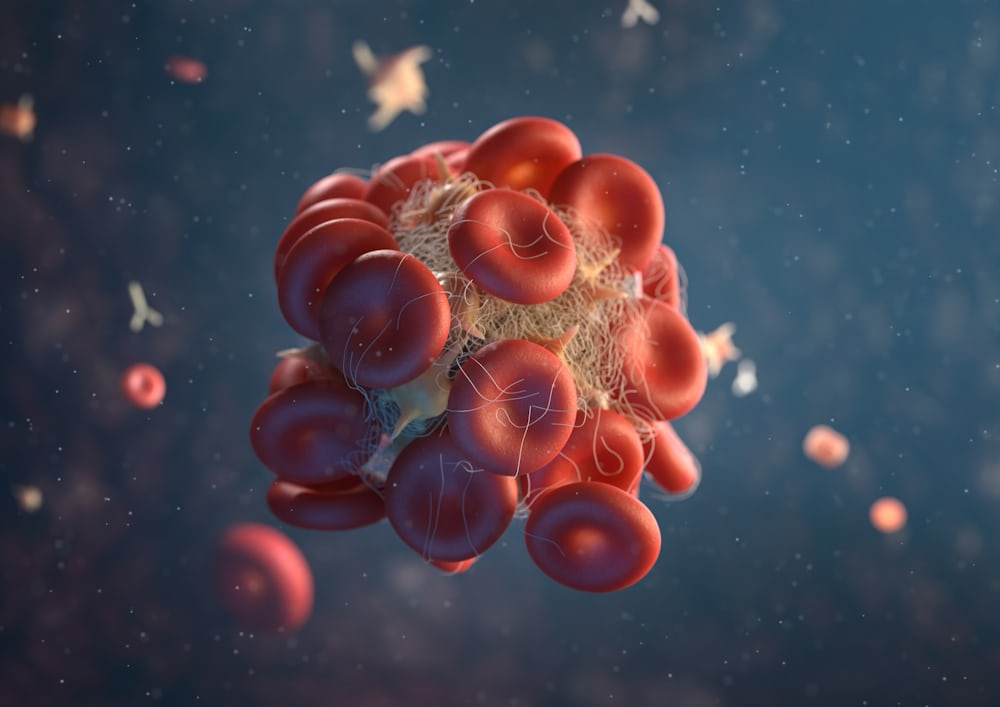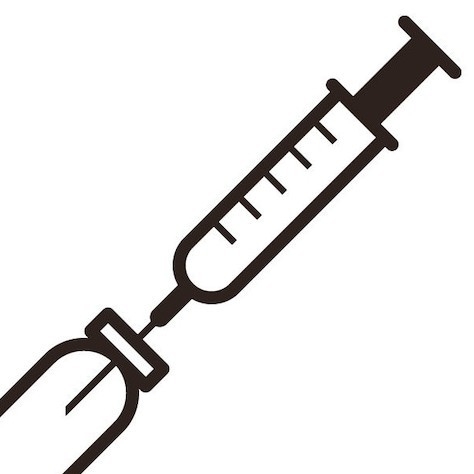Testosterone Replacement Therapy for Women: When and Why It Might Be Recommended
Testosterone is often associated with male health, but it's also a crucial hormone for women. In women, testosterone is produced in the ovaries, adrenal glands, and peripheral tissues. While its levels are significantly lower than in men, it plays essential roles in various bodily functions. Testosterone Replacement Therapy (TRT) for women is a topic of growing interest and debate in the medical community. This article explores the circumstances under which TRT might be recommended for women and the reasons behind its use.
The Role of Testosterone in Women
Testosterone contributes to several important functions in women, including:
- Libido: Testosterone is a key player in sexual desire. Low levels can lead to reduced libido and sexual satisfaction.
- Bone Density: Testosterone, along with estrogen, helps maintain bone density, reducing the risk of osteoporosis.
- Muscle Mass and Strength: It aids in maintaining muscle mass and physical strength.
- Mood and Cognitive Function: Testosterone can influence mood, energy levels, and cognitive function.
- General Well-being: It contributes to overall well-being and vitality.
Causes of Low Testosterone in Women
Several factors can lead to decreased testosterone levels in women:
- Aging: Testosterone levels naturally decline with age, particularly after menopause.
- Oophorectomy: Surgical removal of the ovaries can cause a sudden drop in testosterone levels.
- Adrenal Insufficiency: Conditions affecting the adrenal glands can reduce testosterone production.
- Pituitary Disorders: Diseases of the pituitary gland can impair the production of hormones that regulate testosterone synthesis.
- Chronic Illnesses and Medications: Certain chronic conditions and medications can affect hormone levels.
Symptoms of Low Testosterone in Women
Symptoms of low testosterone in women can vary but commonly include:
- Reduced sexual desire and satisfaction
- Fatigue and decreased energy levels
- Mood changes, including depression and irritability
- Loss of muscle mass and strength
- Increased body fat
- Reduced bone density, leading to osteoporosis
- Cognitive difficulties, such as problems with concentration and memory
When Might TRT Be Recommended for Women?
Testosterone Replacement Therapy may be considered for women under specific circumstances:
- Hypoactive Sexual Desire Disorder (HSDD): HSDD is characterized by a persistent lack of sexual desire that causes distress. TRT can help improve libido and sexual function in some women.
- Post-Oophorectomy: Women who have undergone surgical removal of their ovaries may experience a significant drop in testosterone levels. TRT can help alleviate symptoms such as fatigue, low libido, and mood disturbances.
- Adrenal Insufficiency: For women with adrenal gland disorders leading to low testosterone levels, TRT can help restore hormone balance.
- Menopausal Symptoms: In some cases, TRT might be used in conjunction with estrogen therapy to address menopausal symptoms such as low libido, fatigue, and mood swings.
The Benefits of TRT for Women
When appropriately prescribed, TRT can offer several benefits:
- Improved Libido and Sexual Satisfaction: Many women report increased sexual desire and satisfaction.
- Enhanced Mood and Well-being: TRT can improve mood, energy levels, and overall sense of well-being.
- Increased Muscle Mass and Strength: Testosterone can help maintain muscle mass and strength, particularly important as women age.
- Better Bone Health: TRT can contribute to maintaining bone density, reducing the risk of osteoporosis.
Potential Risks and Side Effects
Like any medical treatment, TRT carries potential risks and side effects. These can include:
- Acne and Oily Skin: Increased testosterone levels can lead to acne and oily skin.
- Hair Growth: Some women may experience increased facial and body hair growth.
- Voice Changes: Although rare, voice deepening can occur with high doses of testosterone.
- Cardiovascular Risks: The impact of TRT on cardiovascular health is still under study, and there may be potential risks.
- Mood Changes: While TRT can improve mood, it can also cause mood swings and irritability in some women.
Administration of TRT
TRT can be administered in various forms, including:
- Transdermal Patches: These patches deliver testosterone through the skin.
- Topical Gels: Applied directly to the skin, these gels allow for gradual absorption of testosterone.
- Injections: Testosterone injections can be administered at regular intervals, typically every few weeks.
- Pellets: Implanted under the skin, these pellets release testosterone over several months.
Monitoring and Safety
Close monitoring is essential for women undergoing TRT. Regular follow-ups with a healthcare provider are necessary to:
- Monitor Hormone Levels: Ensuring testosterone levels remain within the appropriate range.
- Assess Symptoms and Side Effects: Tracking improvements in symptoms and any potential side effects.
- Adjust Dosage: Adjusting the dosage as needed to achieve optimal results with minimal side effects.
Testosterone Replacement Therapy for women is a nuanced and evolving field. While it can offer significant benefits for those with low testosterone levels, it is not without risks. A thorough evaluation by a healthcare provider, including a detailed medical history and hormone testing, is essential before considering TRT. Women experiencing symptoms of low testosterone should consult with their healthcare provider to explore potential treatment options and determine if TRT is appropriate for their individual needs.
With careful consideration and monitoring, TRT can improve quality of life for many women, helping them regain energy, libido, and overall well-being.








Comments
Post a Comment